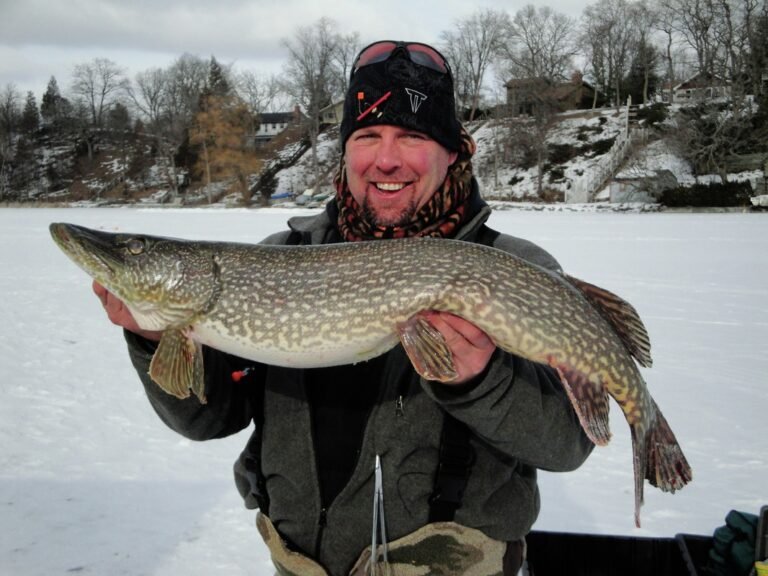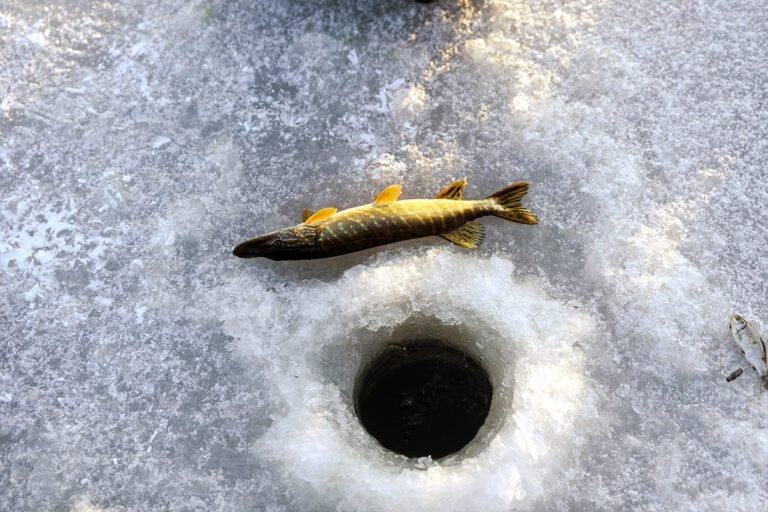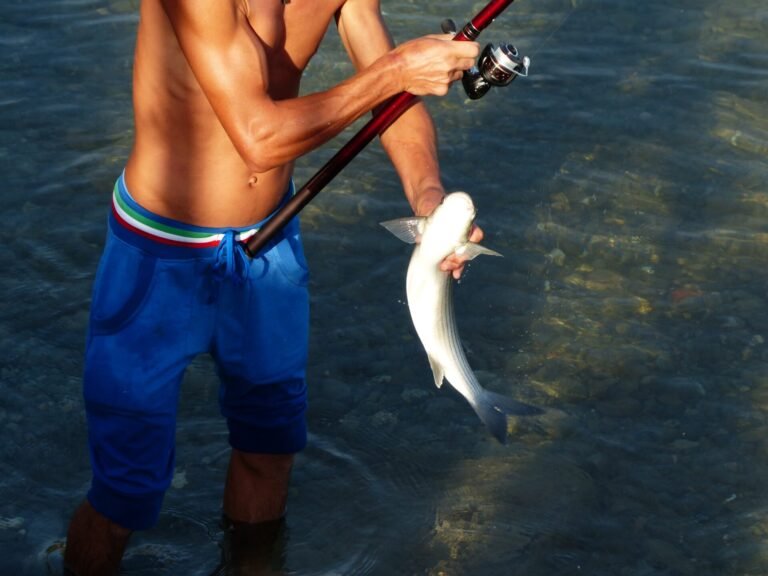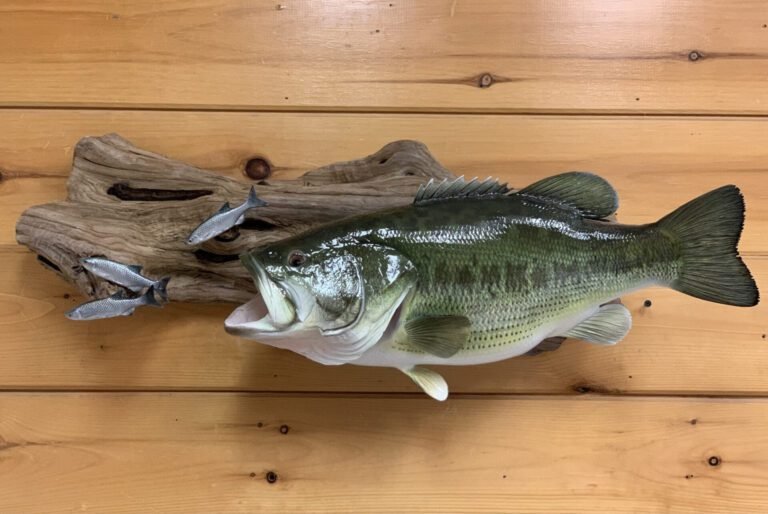If you are a wintry angler, you may have heard about walleyes. They are very popular and enjoyable fish for hunting but have you seen their sharp teeth, and can they hurt you or your fishing line? Before catching walleye, you must know about walleye teeth. They are a type of “fluke” that can be very valuable when targeting this fish species. These teeth are located near the middle of the lower jaw and can baffle even the most experienced anglers when hunting for walleye.
In this article, we will give you information about walleye teeth in 2024, and you will be surprised to know how beneficial they can be to you while fishing.
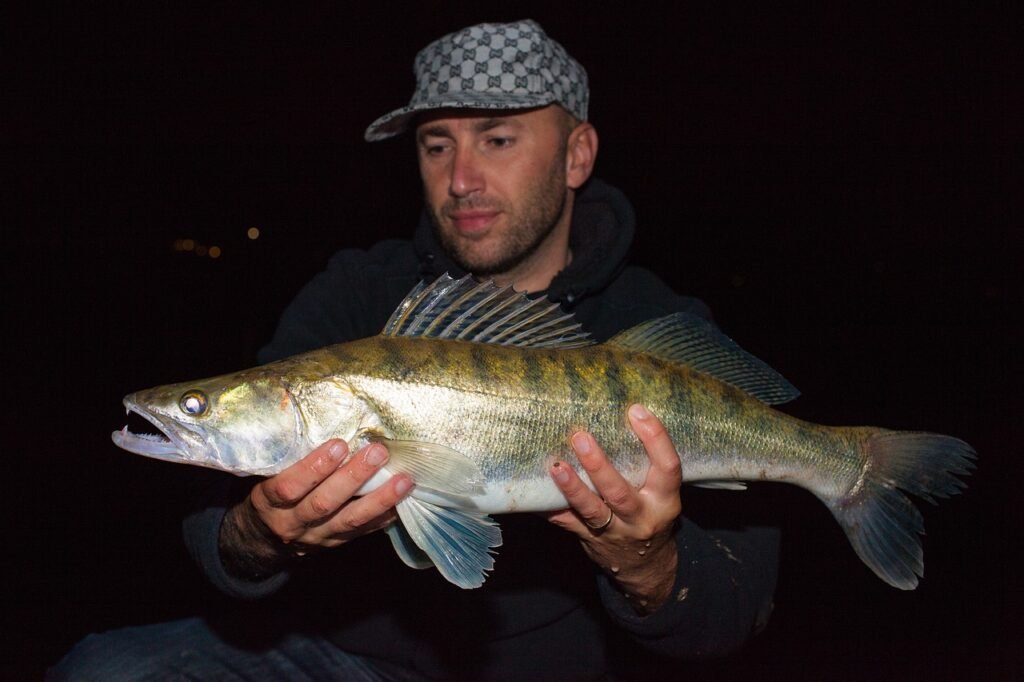
Numbers Of Teeth Walleyes Have:
The number of walleye teeth depends on their size. Small walleye have smaller teeth, and their size is around 1/16 of an inch. While the average-sized walleye may have 30 to 40 canine teeth, containing both large canine teeth and small teeth. These small teeth are placed on the upper and lower jaws, which gives the walleye a dangerous look.
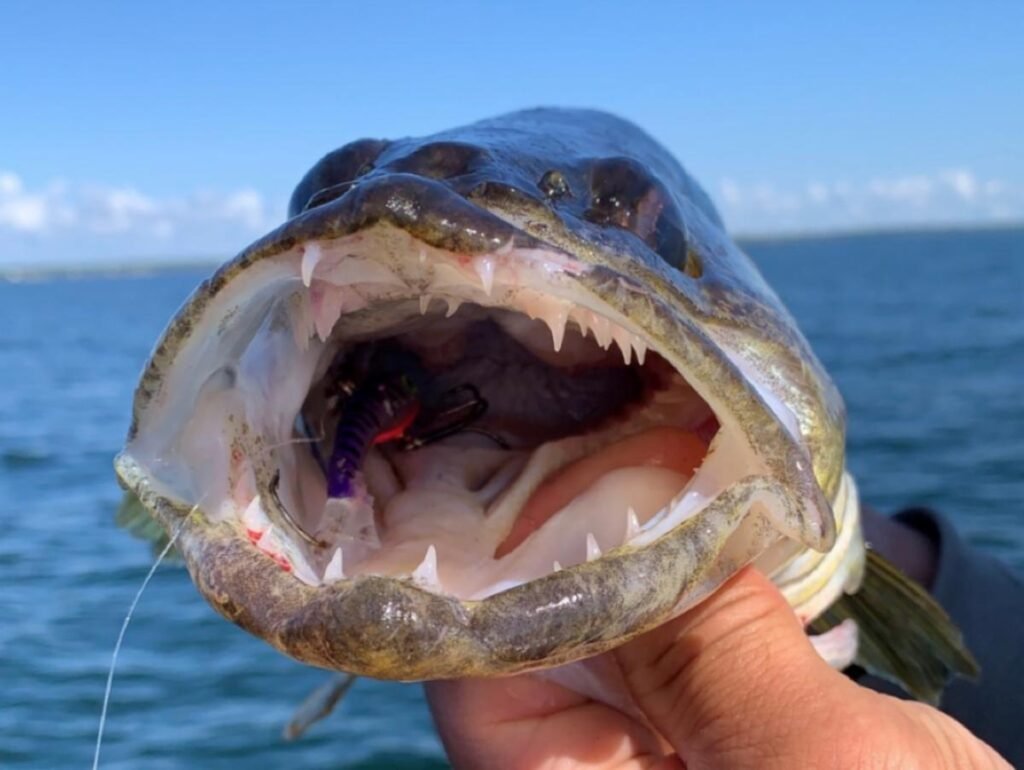
Walleyes typically have 10 to 12 teeth in each jaw, but some individuals can have as many as 16 teeth! It is because walleyes grow new teeth throughout their lifetime, and as they do so, they remove the old teeth from their jaw.
Do Walleye Have Sharp Teeth:
Teeth are a very major part of walleye fish as it helps to grab onto their prey so that they can’t escape. Therefore, walleye have definitely sharp teeth, but they are not razor sharp as compared to pike because their tops are more rounded. However, the shape and placement of walleye teeth are parallel to the shape and placement of the pike.
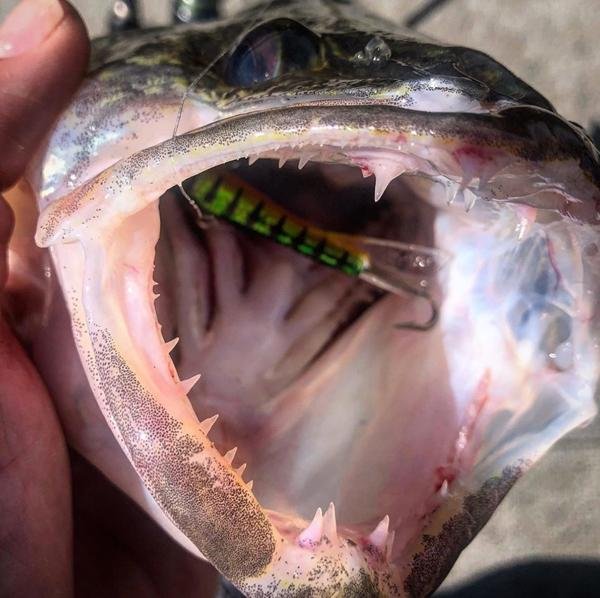
Pike teeth are sharp as well as pointed, which means they can hurt you. Whereas the teeth of walleye are also sharp, but they are rounded as well from the top. It means that there is less risk involved when fishing for walleye. That is the reason why these fish bite the walleye anglers very rarely. But for handling fish, you still have to make sure to avoid putting your fingers inside the mouth.
Do you know? Small walleyes have sharper teeth than large walleyes teeth because they are narrower and have more sharper tips.
But still, don’t take any risks and avoid putting your hand inside the mouth. In order to remove a hook, you can use a set of pliers.
Are Walleye Teeth Poisonous:
Many newbie walleye anglers think that walleye teeth are poisonous. Yes, the teeth of walleyes are sharp, narrow, blunt, and a little bit dangerous, but they are not poisonous. They do not give any poison that could enter your body and induce harm. However, some side effects can happen after walleye bites.
It can harm your skin and can make abrasions or wounds. These wounds are caused by bacteria that are inside the walleye’s mouth. But it can easily be healed, and there is nothing to worry about.
Can Walleye Teeth Cut Line:
Since walleye teeth are spread apart and have blunt points, therefore, there are very rare chances that they can bite your fishing line. It does not matter if you are using a thicker fishing line or a thin one. When fishing for walleye, it is best to use a fluorocarbon leader to avoid line breaks, as it has very low visibility in the water.
However, walleyes can cause abrasion damage. Using braided or monofilament lines can become an issue, as these lines are much more inclined to abrasion damage than fluorocarbon. Therefore, walleyes can cut these lines easily.
Can Walleye Bite You?
The reason why many newbie anglers do ask whether walleyes have teeth or not is because they are afraid of being bitten by fish. Yes, walleyes are predators and have sharp teeth as well, but they do not attack humans. However, their teeth can injure you if you do not handle the fish rightly while unhooking it. Many newbie anglers make a mistake by putting their hand inside the walleye’s mouth to unhook it. So, it is best to use gloves and a set of pliers to get the hook out.
Should You Use a Leader for Walleye?
Leaders are not needed to catch walleye, but many walleye anglers say that using a leader will boost your success. Don’t use steel and metal leaders, as they will not be able to cut through your mainline. At the same time, thinner fluorocarbon leaders can be ideal in clear water to reduce the risk of being bitten by pike.
As you know, walleye are stubborn fish with good eyesight. The use of fluorocarbon line has a huge advantage when targeting walleyes because they are almost invisible underwater. If you are fishing in a place where pike is feared to be found, then use a fluorocarbon leader, and make sure it has a breaking strength of 10-15 lb. Anything below that will not hold up to potential pike bites for long and will cause you to lose both the lure and the fish.
How To Unhook A Walleye?
The most convenient and popular way to unhook a walleye is by grabbing it with one hand behind its head where the gill plates end. After opening its mouth, use your pliers and unhook it with your other hand. I would recommend unhooking the fish straight into the nets by grabbing its head out of the water, as it will minimize harm to the walleye’s skin layer. It is the best practice to handle and unhook a fish.
FAQs:
do walleye only bite at night?
Many fishermen believe that walleyes are caught by evening. But fishermen who catch walleye at night will know that the walleye you catch are typically bigger. The reason your catch rates become higher at night is that walleyes have exceptional night vision. So, it is best to go at night as your chances of catching fish increase.
is walleye a good fish to eat?
Many anglers love catching walleye, but they don’t know what to do with them. Walleyes are usually found in cooler water at night. They are one of the healthiest fish to eat. Their texture is firm and flaky, and they are delightful to cook.
Conclusion:
We are at the end of our article, and I hope that your confusion is cleared now and you can catch walleyes freely without worrying about their teeth. Walleyes are not dangerous, and they will not attack humans. Rather, they are a lot of fun and energetic fish to catch.

